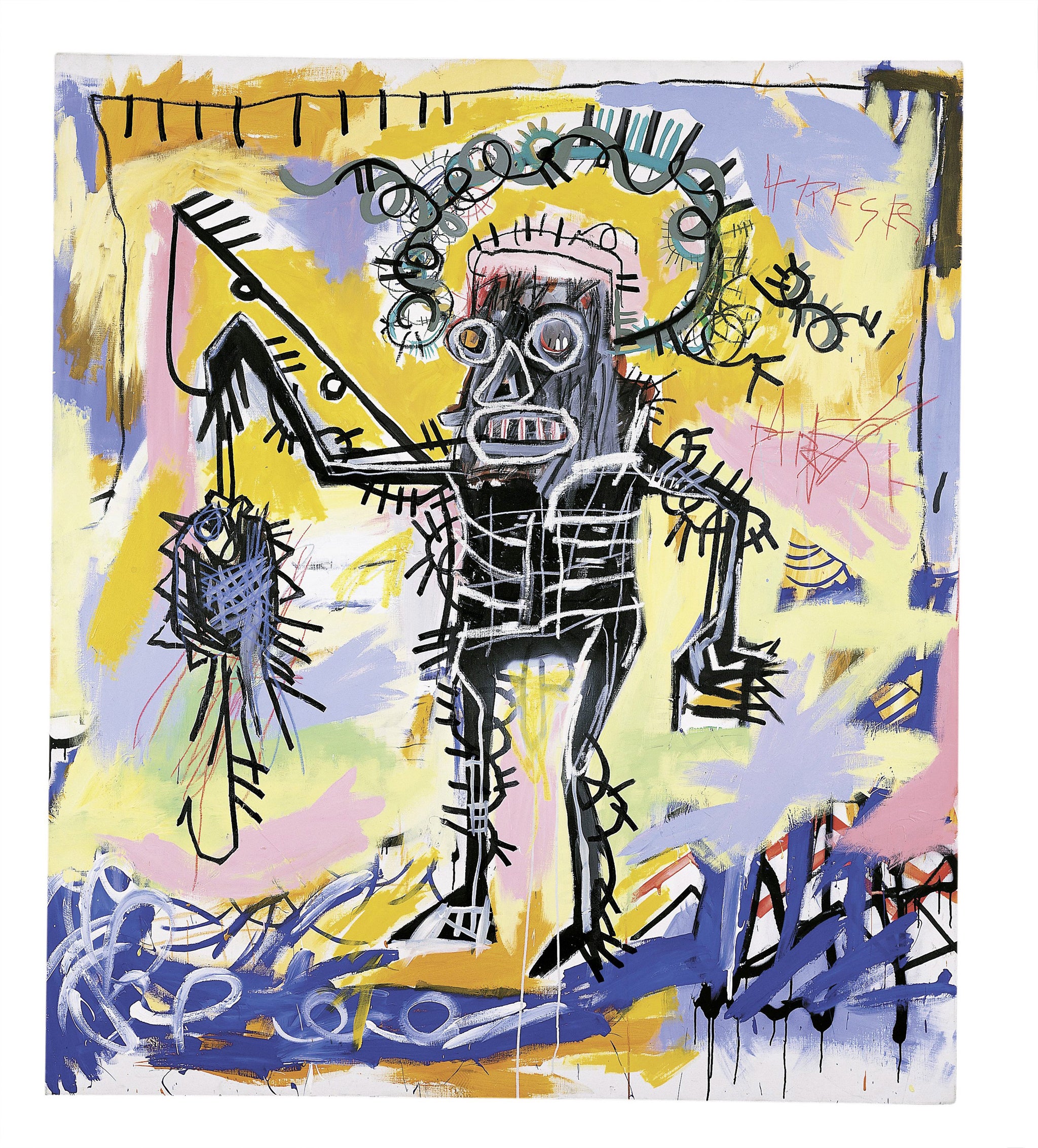Paint by numbers: buying art adds up for anxious investors
As stock market tanks, money managers find a beautiful alternative for their clients' cash

Your support helps us to tell the story
From reproductive rights to climate change to Big Tech, The Independent is on the ground when the story is developing. Whether it's investigating the financials of Elon Musk's pro-Trump PAC or producing our latest documentary, 'The A Word', which shines a light on the American women fighting for reproductive rights, we know how important it is to parse out the facts from the messaging.
At such a critical moment in US history, we need reporters on the ground. Your donation allows us to keep sending journalists to speak to both sides of the story.
The Independent is trusted by Americans across the entire political spectrum. And unlike many other quality news outlets, we choose not to lock Americans out of our reporting and analysis with paywalls. We believe quality journalism should be available to everyone, paid for by those who can afford it.
Your support makes all the difference.One night last November, just hours after $240bn (£158bn) had been wiped off the US stock market, the New York branch of auction house Christie's held a record-breaking sale.
Art continues to defy the economic headwinds, and it is perhaps unsurprising that investors looking for a safe place to put their money are increasingly taking notice. According to a new report, the money spent on art as a pure investment – rather than to hang on the wall – soared by two-thirds in 2012 to $1.6bn.
Rich people have always bought paintings that they love. Yet the rise of investment in art funds since 2009, and particularly during 2012, is not for love of abstract expressionism or pop art. Half of the wealth managers polled for the Deloitte Art and Finance report said clients were interested in art investment because other options, such as the stock market, seemed too risky. The market has been further boosted by money from China, and this year Latin America is expected to follow.
Anders Petterson, head of the art market adviser ArtTactic, which worked on the report, said: "With such economic and political uncertainty, many are looking to something that will just maintain its value." The result has been the rise of art investment funds, among the largest of which is the Fine Art Fund Group, which now has more than $200m of assets under management. Its chief executive, Philip Hoffman, has said: "The value of a Canaletto will never go down to zero; it will never do an Enron or a Marconi."
It was set up over a decade ago, but other funds have entered the booming market over the past year, including the Collectors Fund, which focuses on 20th-century and contemporary art, and the Art Collection Fund and Anthea Art Fund, which specialise in post-war and contemporary work.
More than three quarters (77 per cent) of investors who collect contemporary and post-war art gravitated last year towards 20 bankable artists – dubbed "blue chip" by the Deloitte's Art and Finance report – such as Jean-Michel Basquiat, Andy Warhol and Jeff Koons. While art investment funds are generally secretive about their purchases, it seems probable that they will have done similarly.
The concept of art investment has gone in cycles, and in 1974 British Rail became the first large pension fund to target artworks, buying £40m of paintings, drawings and furniture. It sold everything in 1989.
Few art funds from the 1990s cycle have survived. Martín Cerruti, head of a legal firm with art-world clients, added: "It is very hard to talk of an arts market model as we can for traditional markets. Art is not a 'commodity'."
Mr Petterson said: "We are talking a small niche in the market: $1.6bn sounds a lot but compared to other asset classes such as real estate, it is tiny. This market will get bigger but will never challenge those classes."
Colour of money: safe bets
Andy Warhol: Double Elvis (Ferus Type)
Despite the market being inundated with Warhol's work, one of the seminal Pop artists continues to hold his value after huge rises over the past decade.
Mark Rothko: No 1 (Royal Red and Blue)
A work by Rothko hit $75.1m (£50m) in November and has been increasingly popular with collectors after a Tate retrospective in 2008. His work Orange Red Yellow holds the record at auction for the most expensive post-war painting.
Jean Michel-Basquiat: Untitled 1981
Basquiat's works keep breaking records. Collectors spent €79.9m (£67.4m) on his work at auction, more than double that spent on his nearest rival.
colour of money safe bets
Join our commenting forum
Join thought-provoking conversations, follow other Independent readers and see their replies
Comments